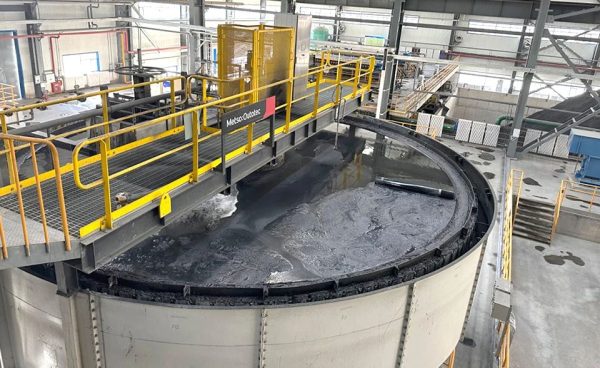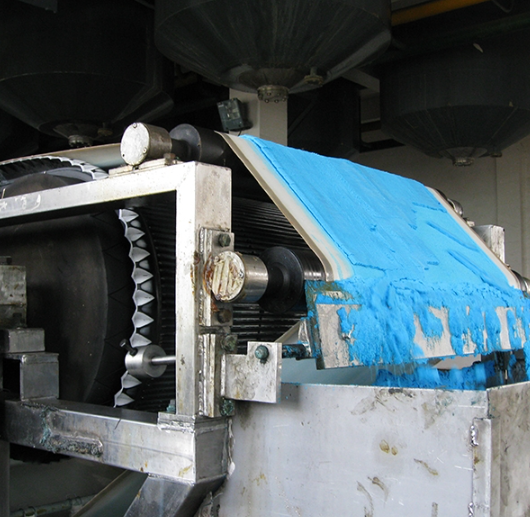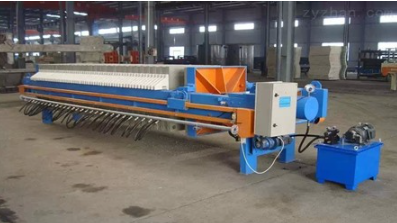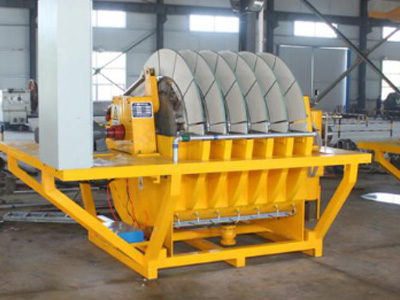The Spirit of Craftsmanship in Mining Filtration: Chino Filtration Technology’s Commitment to Excellence
Chino Filtration Technology exemplifies the spirit of craftsmanship in mining filtration, combining precision, innovation, and dedication to produce reliable, high-quality equipment for the industry’s demanding needs.




